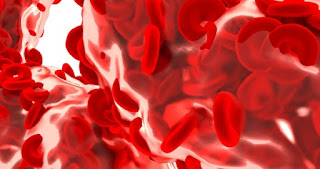The Heme Molecule Defies Evolution
The word heme is not something in common speech, and even sounds like a shortened name. "Herm, have you met Heme? Kat wanted to know." Most people have heard of hemoglobin and how it makes blood red. The heme molecule itself is both dangerous but also important.
On a side note, cyanides are poisons, are useful in industrial and medical applications, and trace amounts are in our foods. Darwin's acolytes speculate that it was instrumental in the origin of life. Some things can be deadly but useful.
 |
| Pixabay / Narupon Promvichai |
The chances are, you will remember learning about hemoglobin (or haemoglobin in British spelling). This is the pigmented protein that gives your red blood cells their colour. It is responsible for picking up oxygen in the lungs, then carrying it to every cell of your body. As we will see shortly, recent discoveries concerning its central component, the red pigment heme (or haem), pose real problems for evolutionary theory.Too much heme is actually toxic to cells, yet it is literally vital for life on our planet. This is true not only for human beings, but for virtually all animals and plants—and even for more lowly organisms like bacteria, yeast, and fungi. Manufacturing it is therefore an absolutely essential biological process, but this must be tightly controlled.
You can read the rest by clicking on "How cells handle heme — A poison that’s vital to life!"